Premiere of Steamboat Willie
On November 18, 1928, Mickey Mouse became a household name with the release of Steamboat Willie.

On November 18, 1928, Mickey Mouse became a household name with the release of Steamboat Willie.
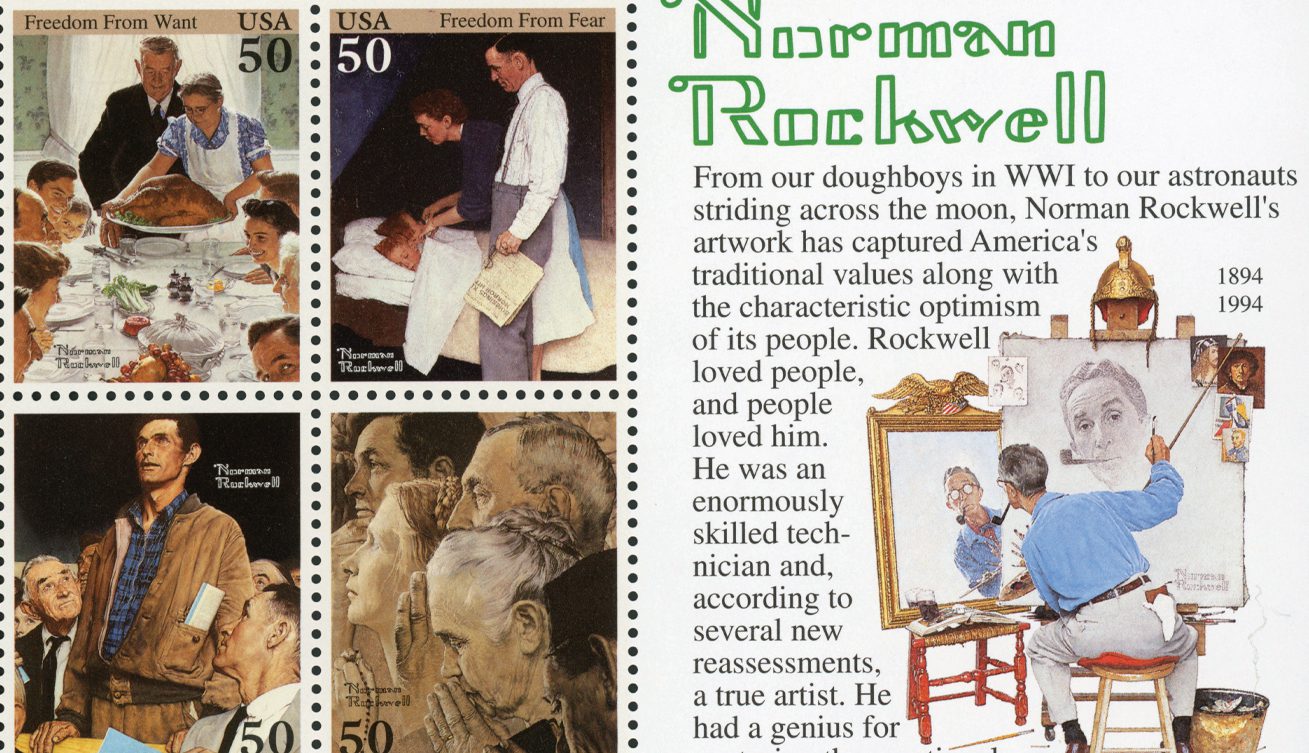
On November 8, 1978, the world lost one of its most prolific artists – Norman Rockwell.
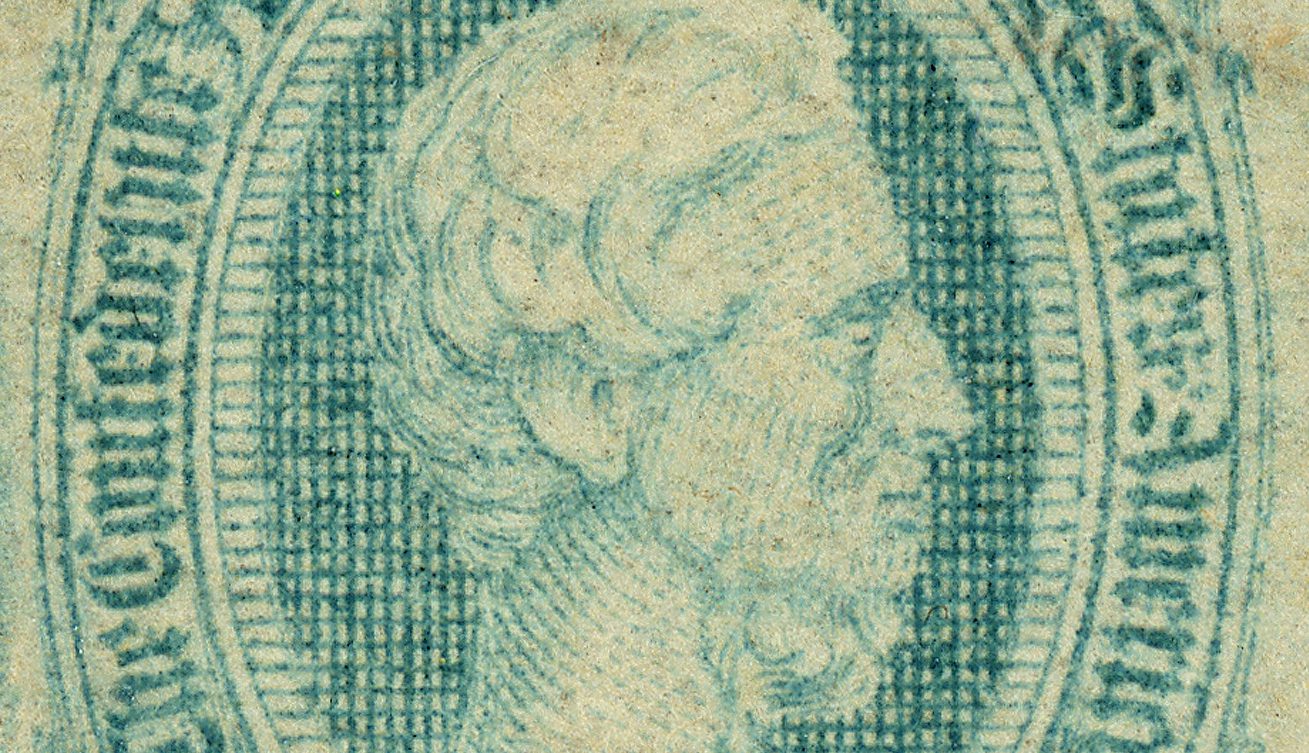
On November 6, 1861, Jefferson Davis was elected the first and only president of the Confederate States of America.
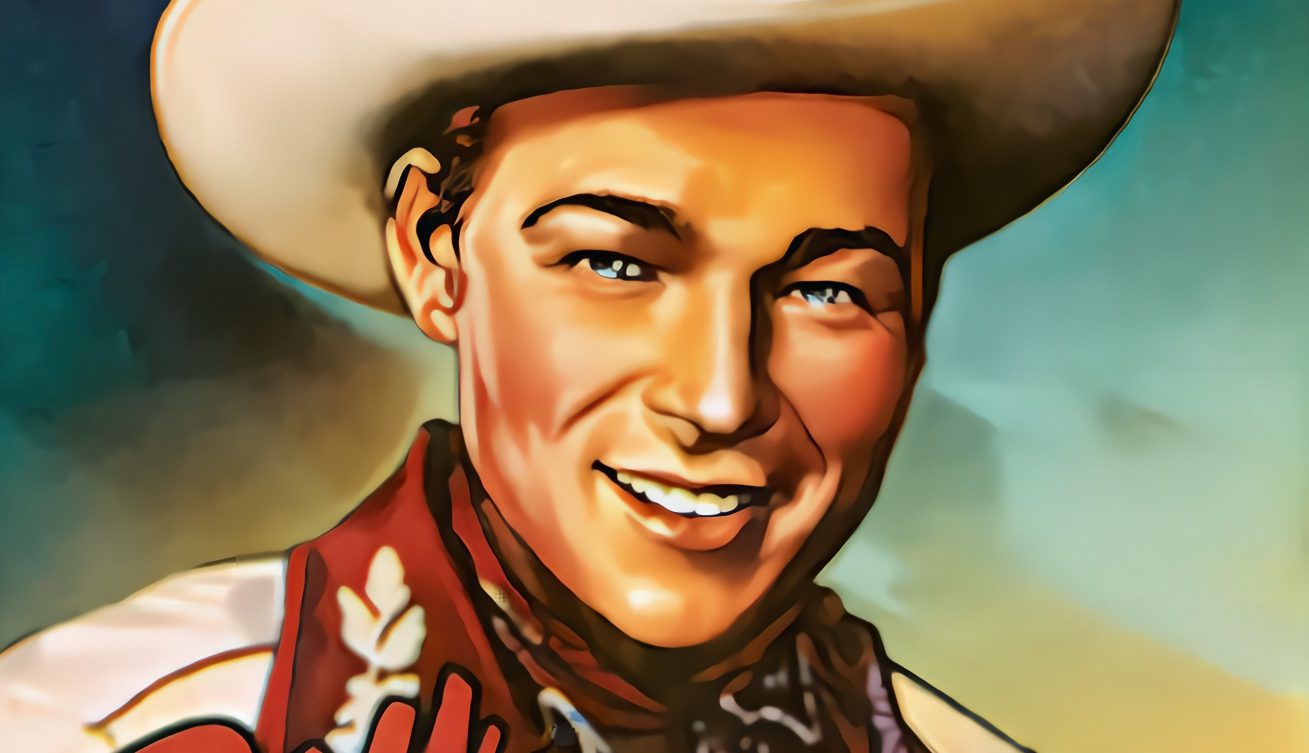
On November 5, 1911, future singer and actor Leonard Franklin Slye, better known as Roy Rogers, was born.
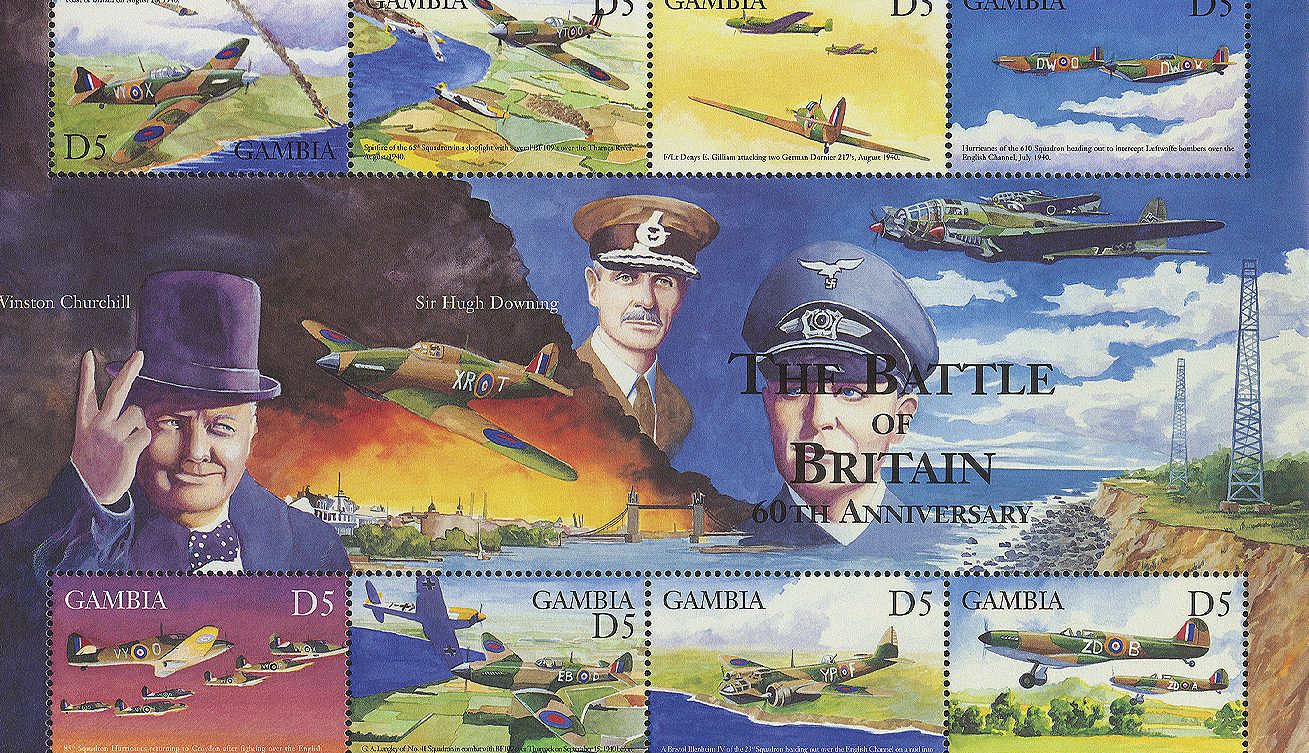
On October 31, 1940, the nearly four-month-long Battle of Britain came to an end.

On October 27, 1964, Ronald Reagan delivered his “A Time for Choosing” speech for Barry Goldwater’s presidential campaign, making him a national name.
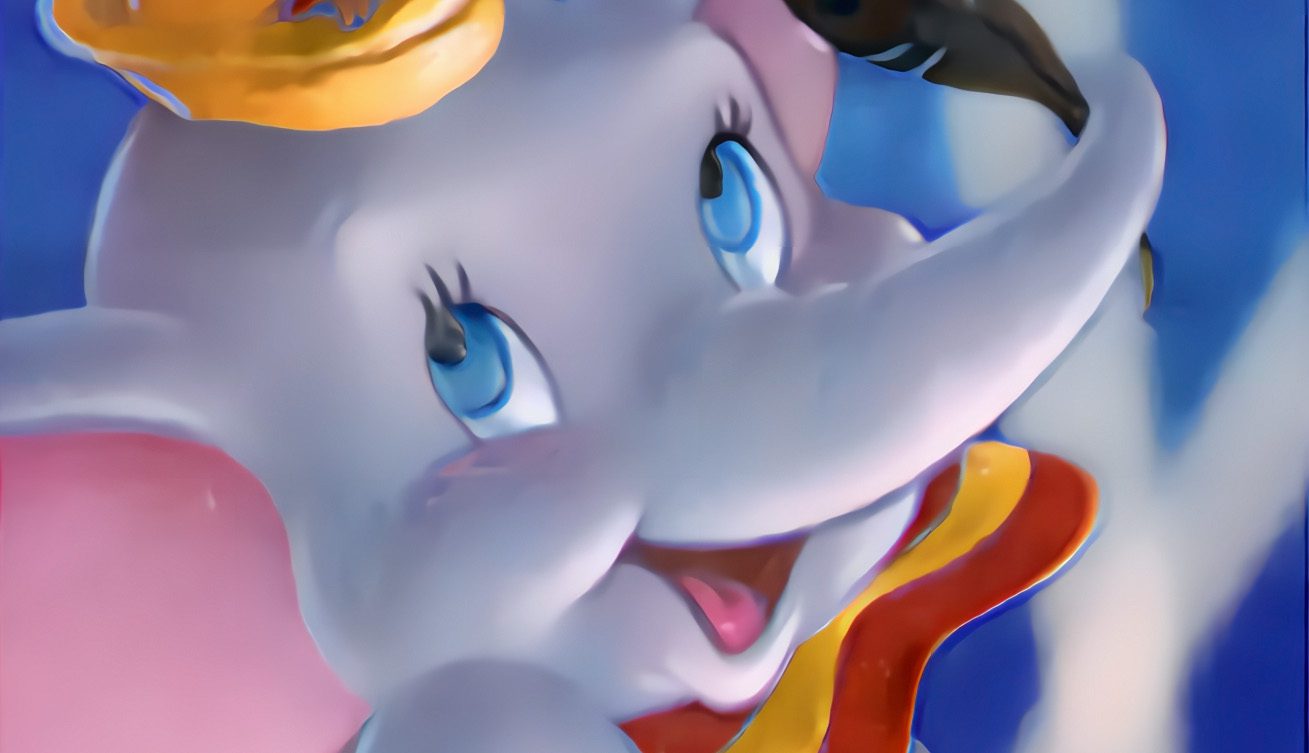
On October 23, 1941, Walt Disney released Dumbo, based on the children’s book by Helen Aberson-Mayer.

On October 22, 1836, Sam Houston became the first elected president of the Republic of Texas.
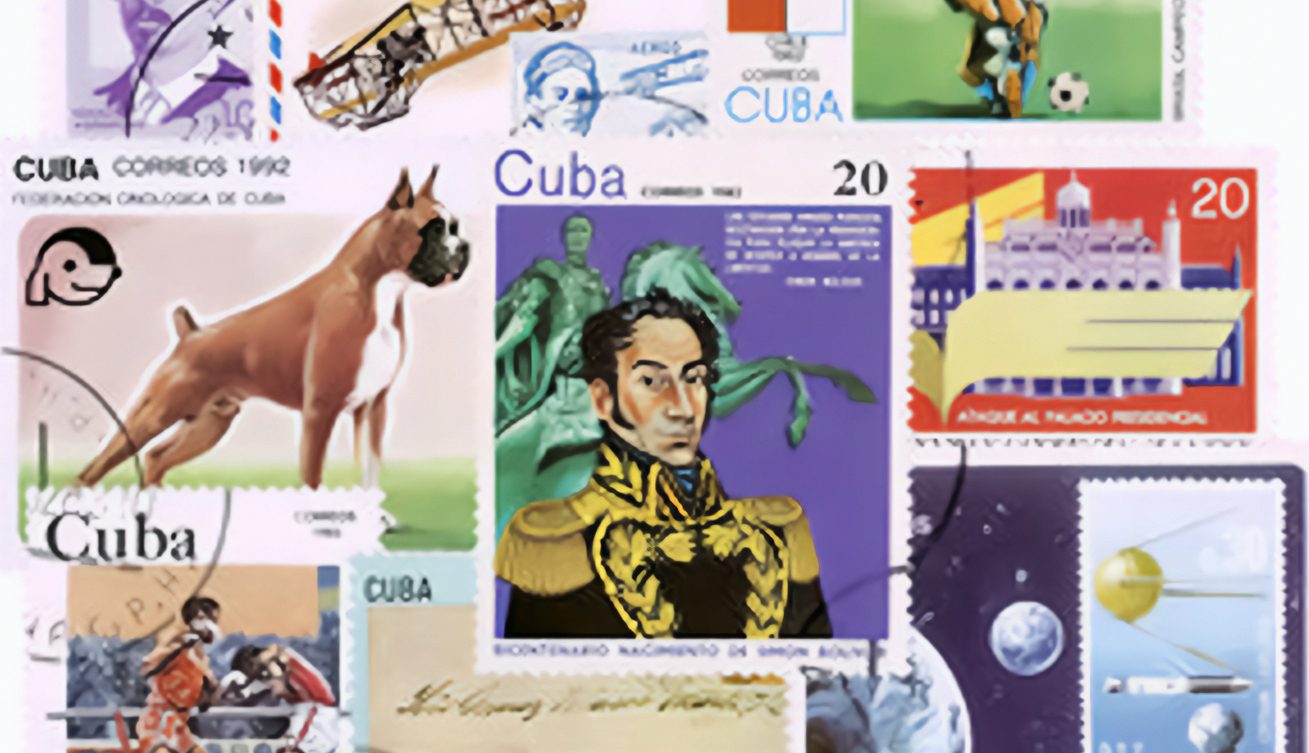
On October 16, 1962, missiles were discovered in Cuba that could easily reach the US, beginning the Cuban Missile Crisis.